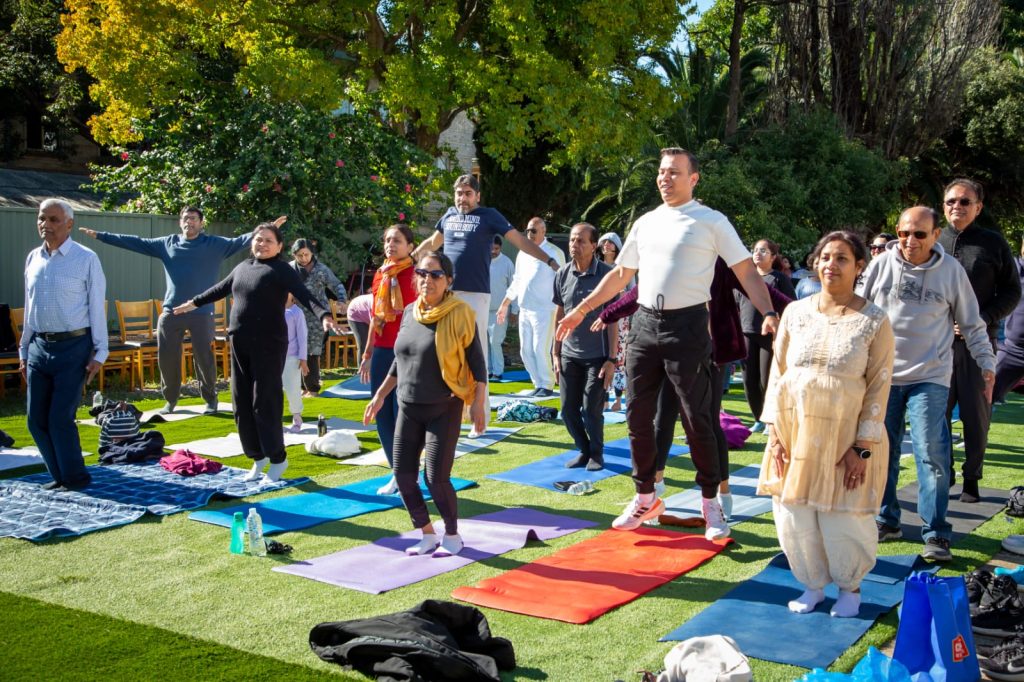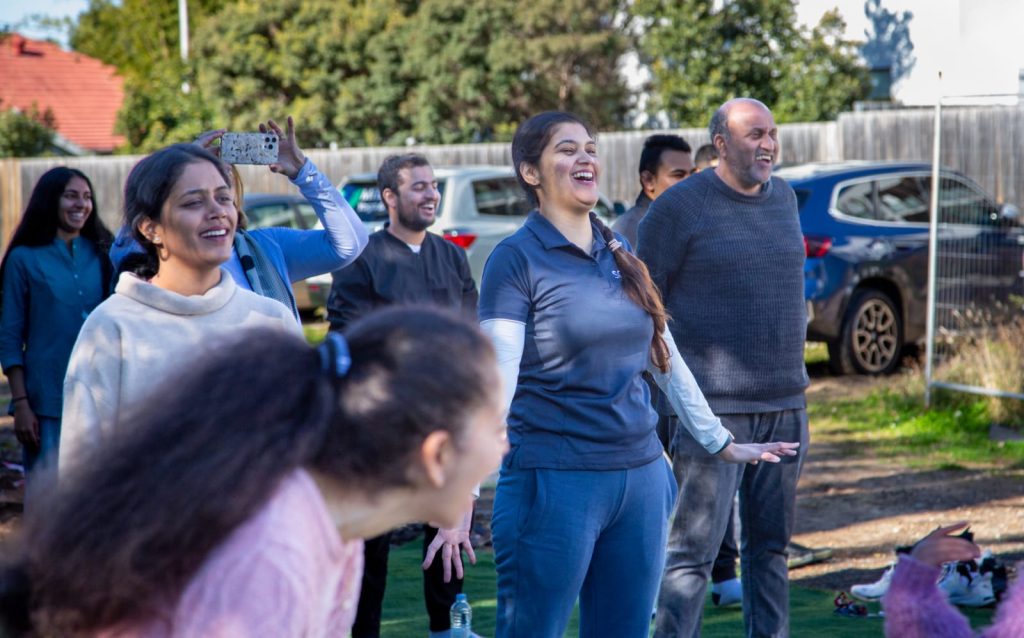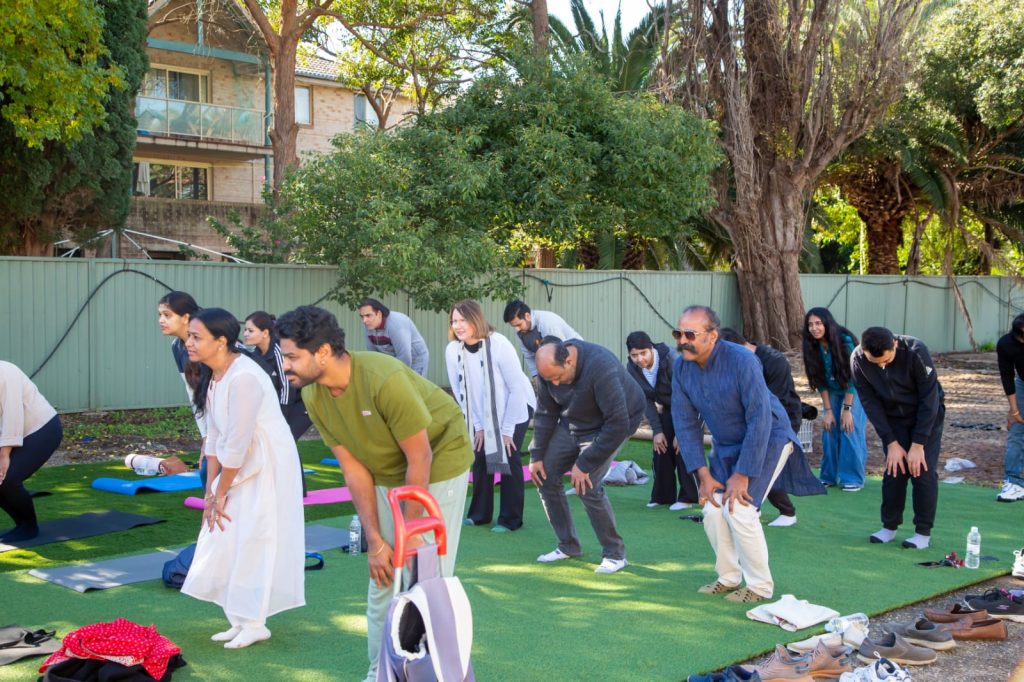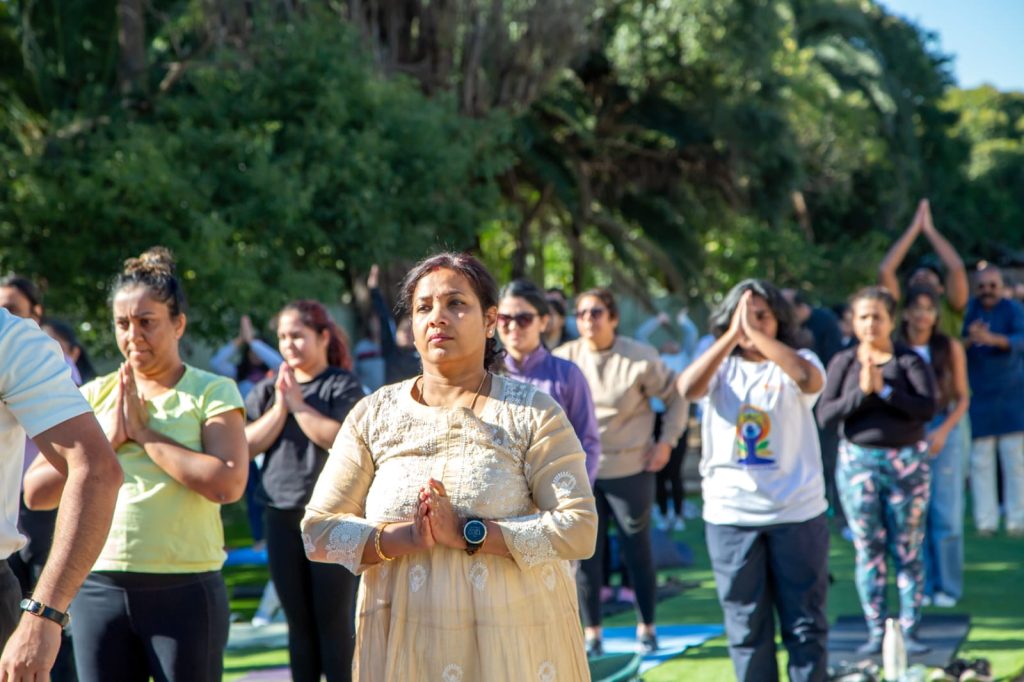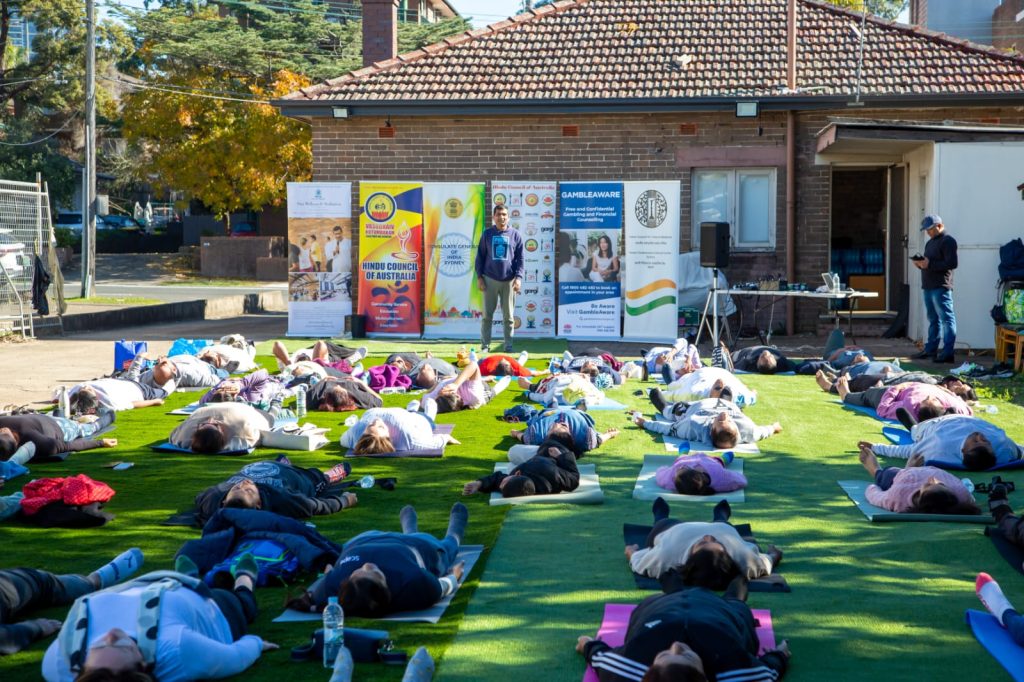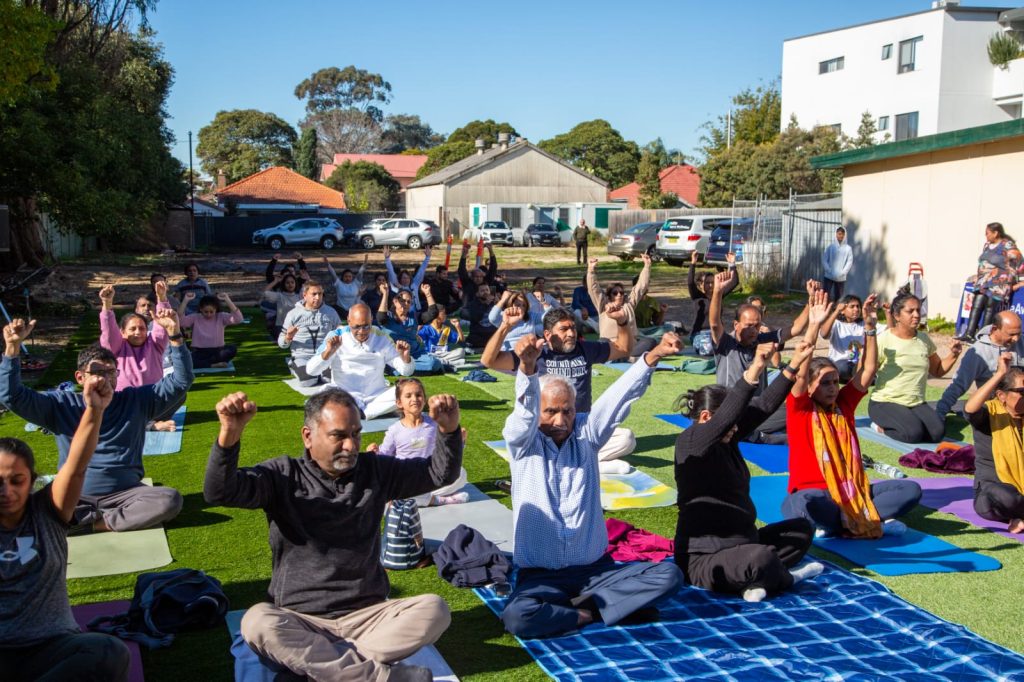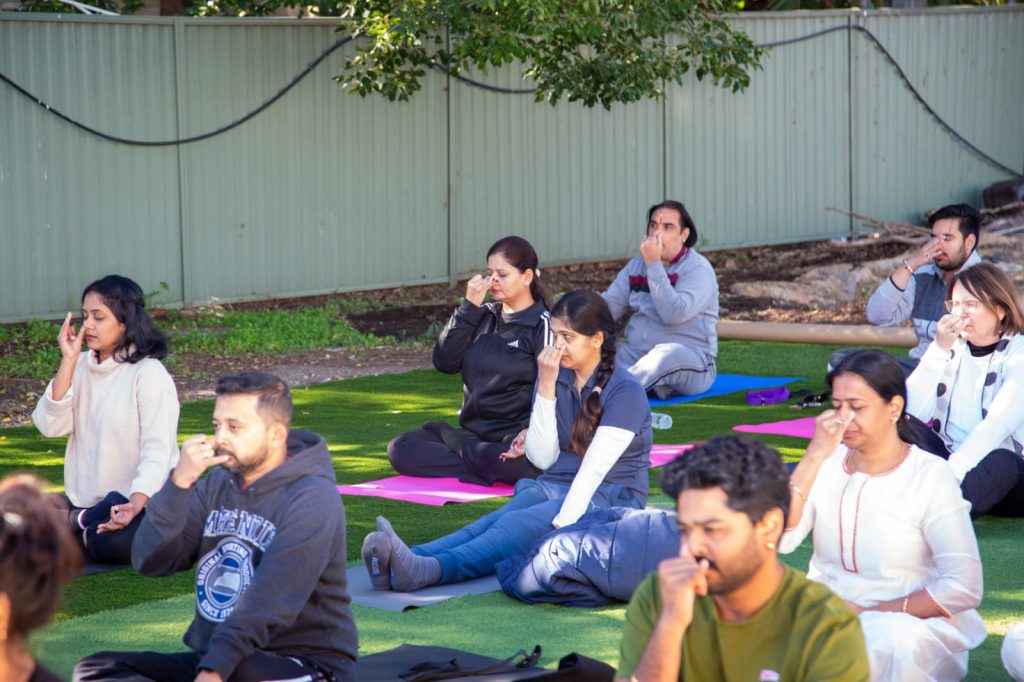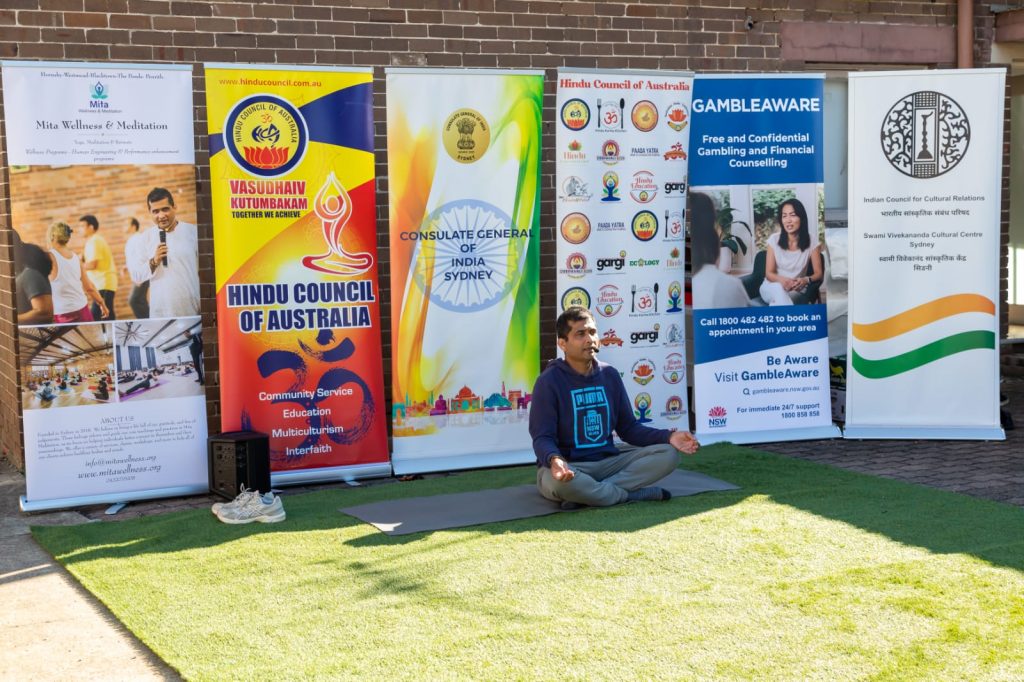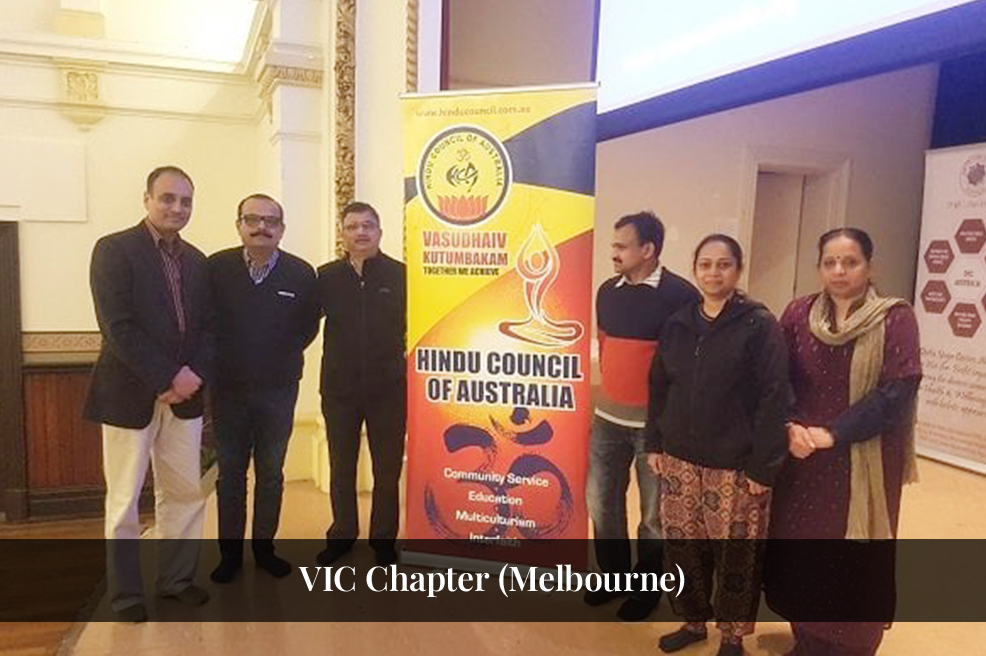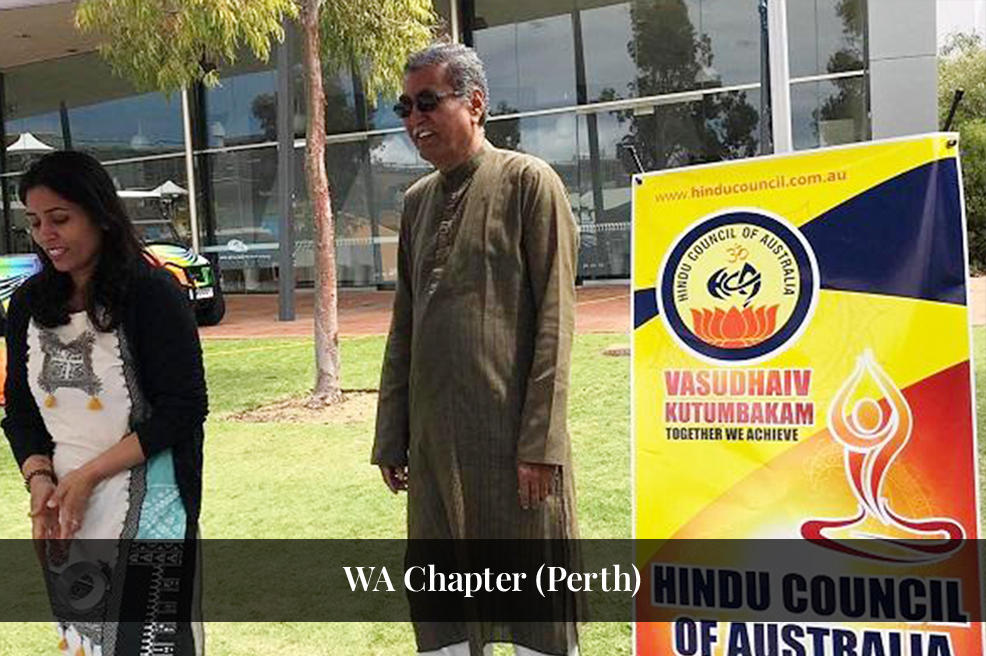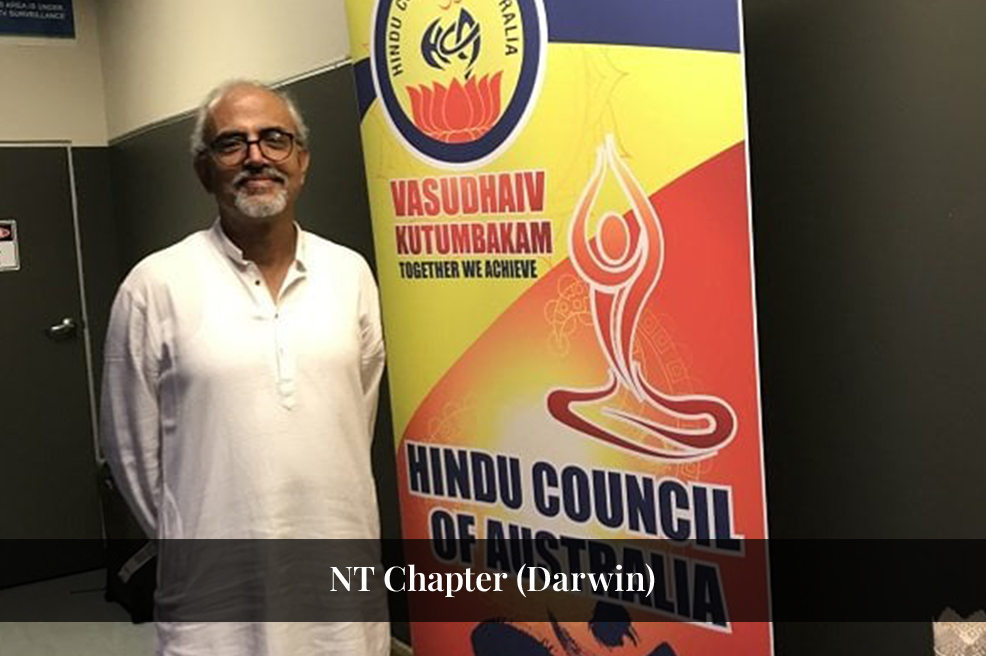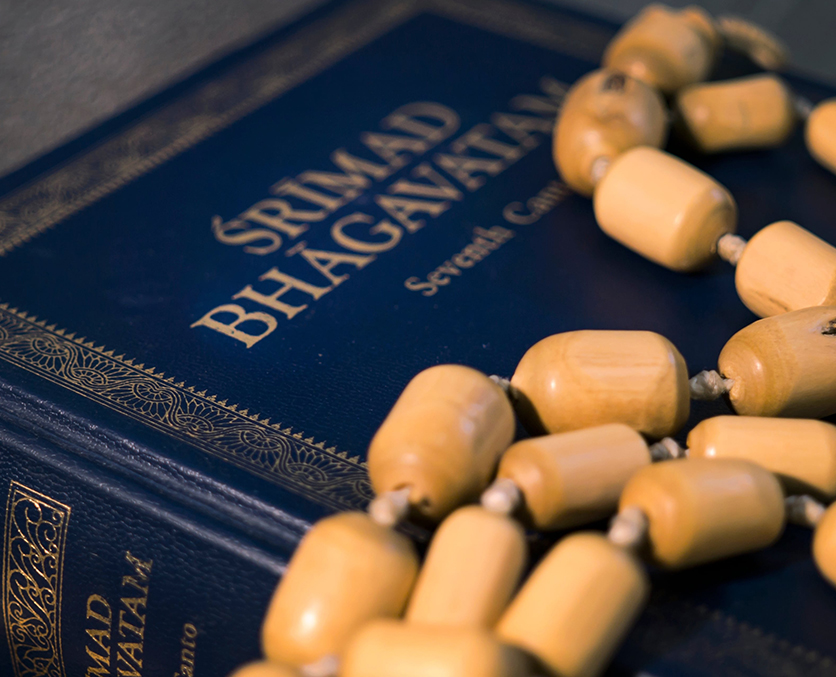Vaisakhi (also spelled Baisakhi) is a Hindu festival and will be celebrated on April 14, 2023. Vaisakhi marks the solar new year according to the Hindu Vikram Samvat calendar. It is a harvest festival when Hindus give thanks for the new crop and pray for prosperity in the coming year. The festival also coincides with the mythological descent of the river Ganges to earth. Vaisakhi also serves as a harvest festival, marking a time of year where the harvest is complete and the crops ready to sell – a time of plenty for farmers. Many Hindus have a dip in sacred rivers such as Ganges, Jhelum, and Kaveri.”
The large Vaisakhi fair held at the holy city of Haridwar, located on the banks of the Ganges, also highlights the connection between this festival and the veneration of the Ganges river in Hindu tradition.
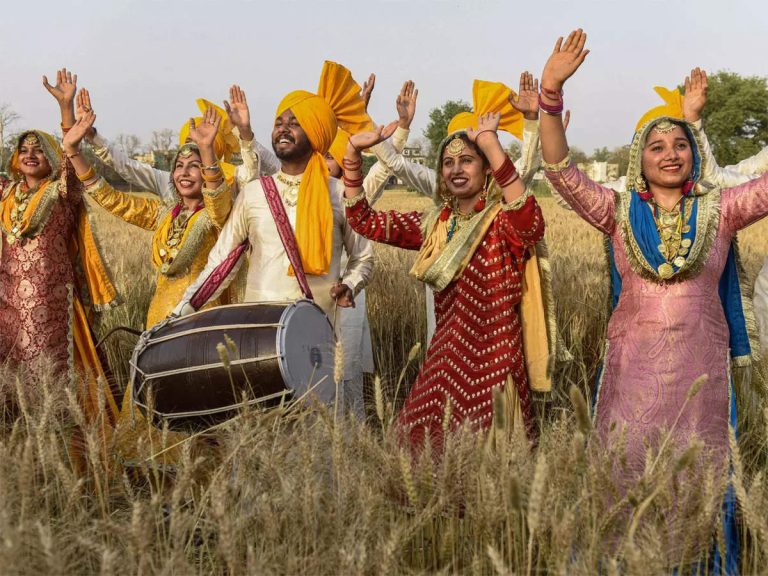
Vaisakhi has been celebrated as a harvest festival in the Punjab region of India for a long time. In 1699, Guru Gobind Singh chose this auspicious day to inaugurate the Khalsa and baptize the first five Sikhs, known as the Panj Pyare (Five Beloved Ones).
The story goes that Guru Gobind Singh came out of a tent carrying an unsheathed sword and asked for a volunteer who was willing to sacrifice their life for their faith. One by one, five men came forward, and the Guru took them inside the tent. When he emerged alone with a bloodied sword, the crowd was worried, but then the five men also emerged unharmed, wearing turbans and new names, signifying their initiation into the Khalsa24.These five men, baptized with Amrit (holy water) by the Guru, became the first members to follow the Guru’s principles including remembrance of God, truthful living, service to humanity, and standing up.
Hindus celebrate by taking ritualistic baths, decorating their homes, visiting temples, and enjoying festive foods with family and friends. Fairs and special thanksgiving prayers are also common.

Some of the traditional ways Vaisakhi is celebrated:
- Visiting Gurudwaras (Sikh places of worship): Sikhs begin Vaisakhi celebrations by visiting the Gurudwara for special prayers and religious gatherings called kirtans, where hymns are sung.13
- Nagar Kirtan Processions: Large processions called Nagar Kirtans are taken out, with people singing religious hymns and carrying the Sikh flag (Nishan Sahib).13
- Bhangra and Gidda Dances: The festival involves vibrant folk dances like Bhangra (energetic dance performed to the beat of the dhol drum) and Gidda (women’s dance).1
- Fairs and Community Gatherings: Vaisakhi fairs or melas are organized, where people come together, socialize, and enjoy festive foods.13
- Wearing Traditional Attire: People wear colorful traditional Punjabi clothes like the salwar kameez for women and kurta-pajama for men.1
- Langar (Community Kitchen): The tradition of langar, where free vegetarian meals are served to all, is an integral part of Vaisakhi celebrations.1
- Bathing in Sacred Rivers : Taking a sacred bath in rivers like the Ganges, Jhelum, and Kaveri is a Vaisakhi ritual.3
- Temple Visits and Pujas : Visit temples, perform pujas (prayers), and give thanks for the harvest season.3
- Exchanging Greetings: People exchange greetings like “Happy Vaisakhi” and wish each other well for the new year.2
So in essence, Vaisakhi celebrations combine religious observations, cultural performances, community gatherings, and the sharing of festive foods and greetings.
The traditional colors worn during the Vaisakhi festival are:
- Saffron/Orange (Kesari): This bright orange color is one of the most prominent colors associated with Vaisakhi. It signifies courage, wisdom, deep bliss, and is often linked to the spirit of rebirth and sacrifice of the Panj Pyare (Five Beloved Ones).1234
- Yellow: Along with orange, yellow is considered a traditional Vaisakhi color. It represents the bright yellow wheat fields that are ready for harvest during this spring festival.13
- Navy Blue (Neela): This color represents the Sikh warrior tradition and sensitivity. It is the color worn by the Nihang Sikhs (armed Sikh warriors). Guru Gobind Singh also raised a blue flag when establishing the Khalsa in 1699.24
Where can I go and join the celebrations in Australia?
You can check with local Indian cultural associations, Hindu temples, or Sikh gurdwaras in major Australian cities with significant Indian populations, such as Sydney, Melbourne, Brisbane, and Perth. They may organize community events or provide information on where Vaisakhi celebrations are taking place.
Citations:
[1] https://inews.co.uk/news/vaisakhi-meaning-festival-happy-vaisakhi-punjab-2272014
[2] https://www.independent.co.uk/life-style/vaisakhi-sikh-festival-religion-celebrate-b2057334.html
[3] https://www.bbc.co.uk/newsround/43737417
[4] https://worldhindufestival.home.blog/indianlunarsolarnewyear/vaisakhi/
[5] https://www.usatoday.com/story/news/nation/2023/04/13/vaisakhi-baisakhi-sikh-celebration-2023/11642441002/



